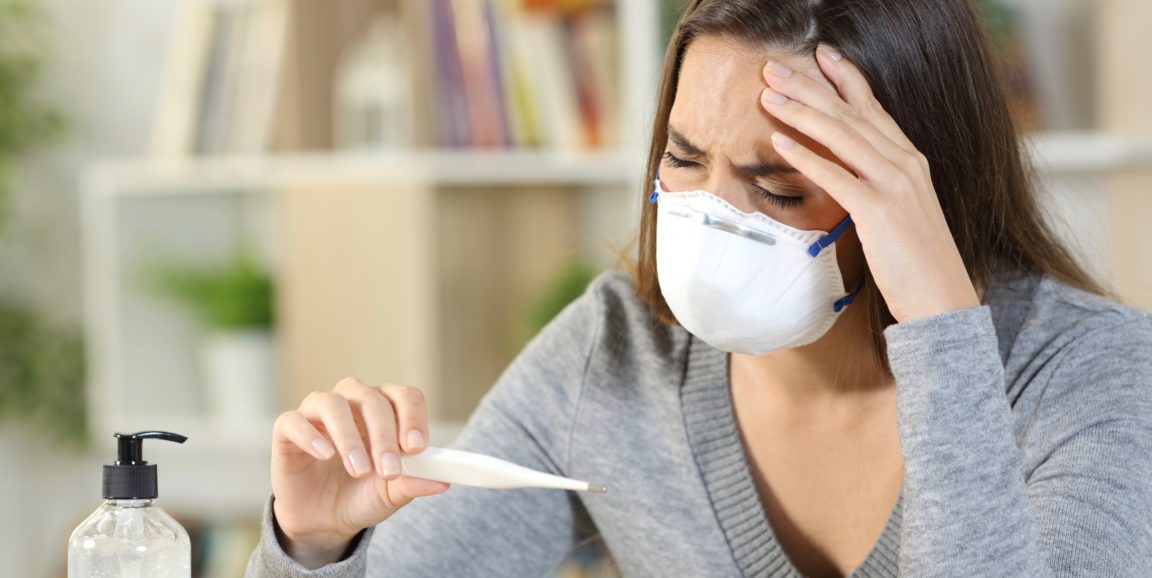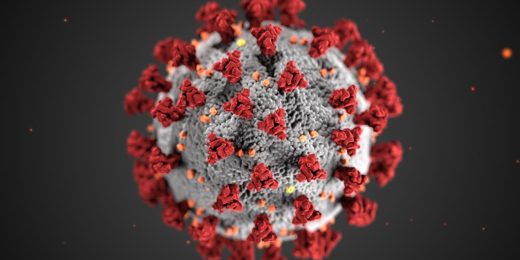Post updated June 15, 2021
You've been tested for COVID-19. What happens if it comes back positive?
Typically, a nurse or another health care professional will call to give you the news. Then they'll walk you through everything you need to know to keep you and those around you safe.
"We know that if someone tests positive, they have a lot of questions, and we want to make sure they have all their questions answered," said Linda Barman, MD, associate director of Stanford Health Care-Express Care Clinics.
There also are options for immediate treatment. For instance, if someone who is at high risk (such as an elderly person or someone with preexisting conditions) tests positive for COVID-19, they may be eligible for a treatment called monoclonal antibodies. It's crucial to inquire about this treatment as soon as you are able, Barman said. More information about the treatment can be found below.
Barman provided these tips for weathering COVID-19.
How to quarantine
Everyone who tests positive, even if they are asymptomatic or vaccinated, needs to be quarantined to keep from spreading the virus to other people. (Vaccines protect an individual against infection, but if infected, that person can still pass it along, which can be dangerous for someone at high risk for complications.)
Each quarantine situation depends on who lives in the household and how vulnerable they are. When an entire family tests positive at the same time, which is not uncommon, they can quarantine together.
If only one member of a family is infected, it's important to discuss the situation with a health care provider, who can make recommendations for keeping the rest of the family safe. Sometimes, COVID-positive patients will stay in a hotel while they are contagious; someone else might self-quarantine in a bedroom and connected bathroom. If that isn't possible, all members of the household should wear masks at all times in shared spaces. If a family is sharing a bathroom, every surface should be wiped down with disinfectant wipes after every use.
Also, because the coronavirus has been detected in stool, "Close the lid on the toilet before flushing," said Barman, a clinical assistant professor of medicine.
Who should prepare food
Infected people should avoid preparing food, if possible. If they must cook, they should prepare food only for themselves and thoroughly wipe down kitchen surfaces afterward. If you test positive, you should eat using disposable plates -- unless you're washing your own dishes -- so your saliva can't infect someone else.
When to contact a clinician
Typically, COVID-19 symptoms are at their worst around 8 to 10 days after they start. Patients should call a doctor or another clinician if their breathing becomes more difficult or if they experience chest pain, Barman said.
They also should look out for what Barman calls the "shower sign" -- feeling so tired, they can't muster the strength to shower.
"That's happened so many times with people who ended up getting really sick," she said. "So, if you're so tired you can't take a shower, you need to be seen in person."
How to monitor your oxygen level at home
COVID-19 can negatively impact how well oxygen is transferred into the bloodstream, but a patient doesn't always feel short of breath when their oxygen levels are low. Patients at home can monitor the percentage of oxygen in their blood using a pulse oximeter, a relatively inexpensive device that comfortably clamps onto a finger. Products that are FDA-approved for home medical use are best, Barman said.
A reading of 96% or higher is considered healthy, she said. A patient who has a reading of 95% or lower should contact a clinician because that might signal that their lungs are not functioning well.
It can take 30 to 60 seconds to come to a steady reading, Barman said. Also, the monitors may pick up a signal better on one finger than another. If a reading is less than 96%, patients should take a reading on another finger. The highest pulse oximeter number is the correct one -- it could read artificially low, but not artificially high. Many pulse oximeters also record a heart rate or pulse. The instructions should indicate which is which.
How to stay comfortable
To ease breathing, Barman suggested sleeping and lying on the stomach, called proning. She recommended acetaminophen for fever or aches. If possible, patients should get up and move around once an hour because lying in bed for long periods can cause back pain and stiffness.
How to speed healing
For exercise and vitamin D from sunshine, Barman urged COVID-19 patients to get outside once a day for as little as 15 minutes -- but only if the air quality is good and they can do it without going into public spaces. It is also important to stay well-hydrated; dehydration can occur quickly when one is sick, causing increased fatigue and headaches.
Also, it's important to keep taking your regular medications, Barman said. "The best thing that you can do if you have COVID-19 and asthma is to keep taking your asthma medication. The same goes for diabetes or any other condition," she said. "If you have concerns or questions about whether you should stop your medications, be sure to check with your physician."
When to end quarantine
Patients who are generally healthy and have mild symptoms should follow the 10-3 Rule, Barman said: self-quarantine for 10 days after symptoms begin and for at least three days following the onset of a fever.
People who have weakened immune systems or are admitted to the hospital should isolate for 20 days following the onset of symptoms, she said. After ending self-isolation, patients should follow local guidelines about wearing masks in public, and wash hands frequently, Barman said.
"I've noticed almost no flu this year and many fewer colds. A lot of us have been delighted that we haven't been sick at all this year," Barman said. "Some people might want to continue to wear masks for that reason."
Being vaccinated
Since vaccinations have become broadly available, Barman and her colleagues have seen COVID-19 cases drop significantly. But the availability of vaccines has raised questions for some people about side effects of vaccines and concern that it might cause false positive COVID-19 tests.
Barman said it's normal to have some side effects after being vaccinated. She recommends staying well hydrated to tamp down any post-vaccine effects. Also, people who have concerns about being vaccinated should speak with their doctors.
The vaccine does not cause a positive nasal test, said Barman. If you've been vaccinated and test positive for COVID-19, but think that's a mistake, consult with your doctor about whether you should be retested.
Monoclonal antibodies
Besides offering vaccines, Stanford Health Care is now also offering an outpatient treatment, known as monoclonal antibodies, that reduces the risk of hospitalization by 75-80% if given early in the course of illness. The IV-infusion treatment is for patients who are not hospitalized; who have received a positive COVID-19 test and have not been experiencing symptoms for more than 10 days; and who are at risk for severe COVID-19. Patients who are not at risk for severe illness may be able to qualify for the treatment through a research study at Stanford.
Stanford and non-Stanford patients are eligible, regardless of whether they are insured. Also, patients must be able to travel to Stanford because that's the only place the treatment is being administered. The treatment is free of charge. Patients who have tested positive for COVID-19 can find more information about treatment eligibility on the COVID-19 Monoclonal Antibody Therapy website.
Photo by PheelingsMedia






